Our metered billing software empowers SaaS, cloud, API, and IoT businesses to bill customers accurately based on real consumption—no estimates, no surprises.
- Eliminate Revenue Leakage Bill for every unit consumed.
- Improve Customer Trust Transparent, usage-based invoices
- Scale Without Complexity Automate billing as your customer base grows.
- Boost Revenue Opportunities Easily implement pay-as-you-go or overage pricing to increase ARR.
Metered Billing Software Built for Growth
Schedule a 30-minute call with one of our billing and revenue consultants.
The Top Choice for SaaS and Cloud Providers
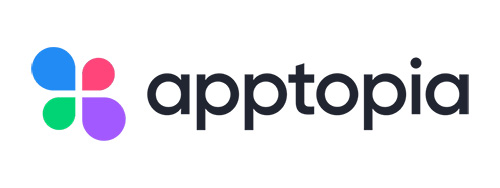
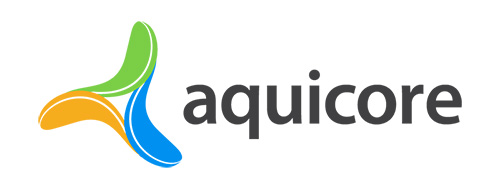

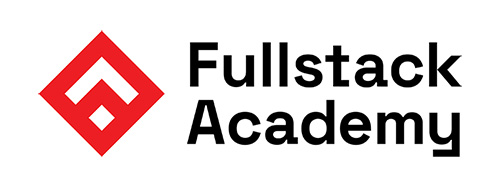
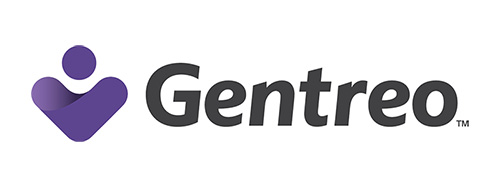
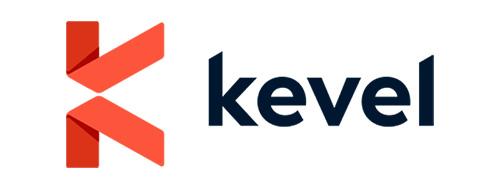

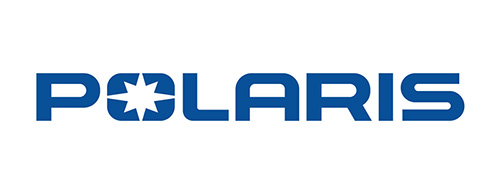
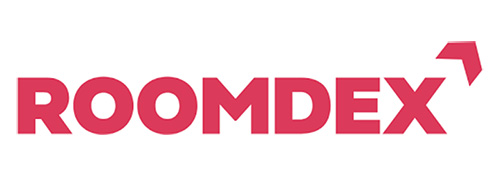
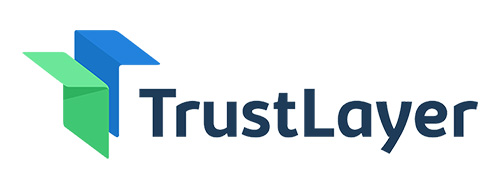
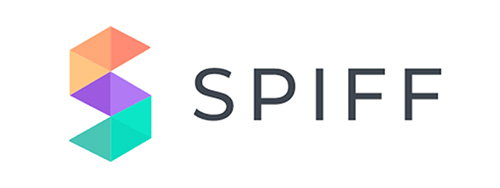

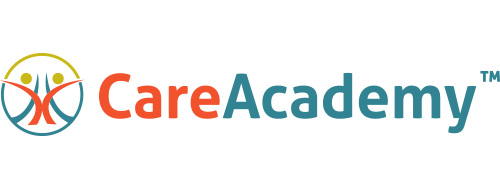
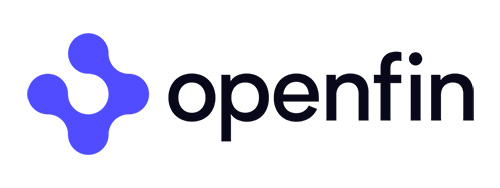
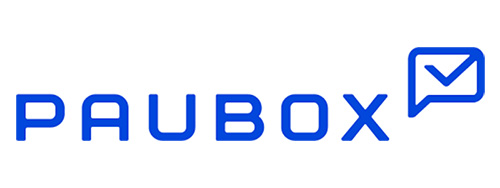
Why Businesses Choose Our Metered Billing Solution
Seamless Integrations
- Connect with Stripe, PayPal, QuickBooks, Salesforce, and more.
- Sync usage data from your product with a simple API.
Dynamic, Automated Invoicing
- Generate invoices based on actual usage—no manual calculations.
- Support tiered, volume-based, or hybrid pricing effortlessly.
Real-Time Usage Tracking
- Capture every API call, compute second, data transfer, or user action in real time.
- Granular visibility into customer usage patterns.
Scalable & Reliable
- Built for high-volume transactions—perfect for growing businesses.
- No missed events, no billing errors.
Ordway is the Industry’s Leading Metered Billing and Revenue Automation Platform
The highest average review score across online review sites
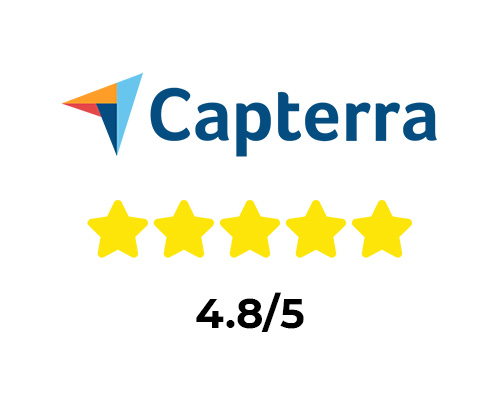
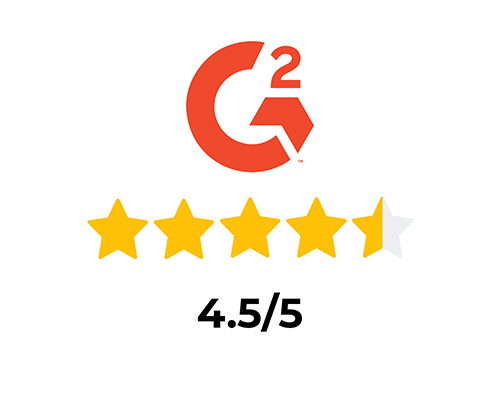
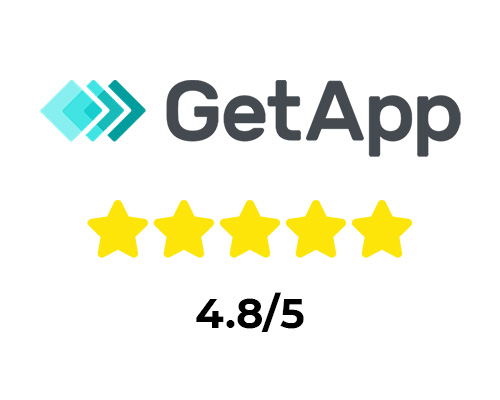
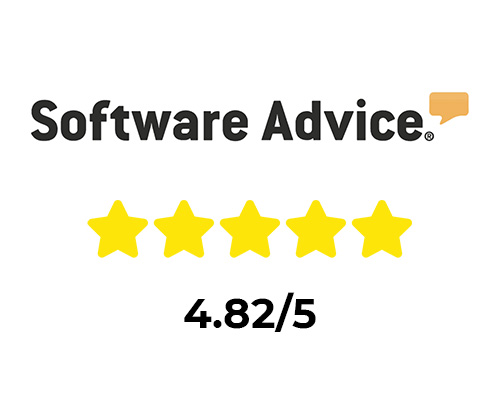
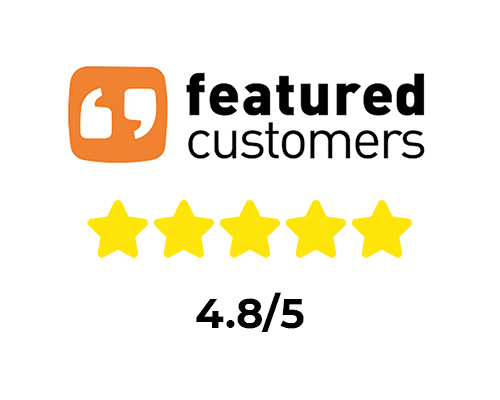
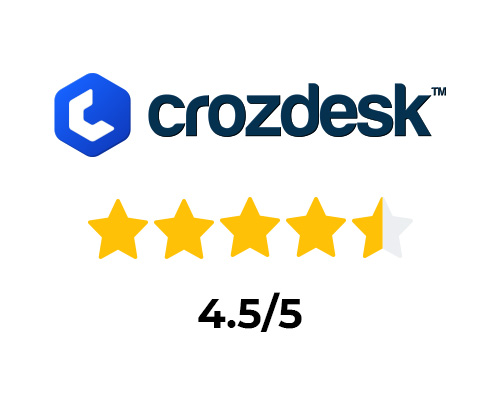
Who Uses Metered Billing?
- SaaS Companies – Bill per active user, feature usage, or compute time.
- API & Cloud Providers – Charge per API call, GB processed, or server uptime.
- IoT & Connected Devices – Monetize sensor data, bandwidth, or usage minutes.
- Subscription Businesses – Combine flat fees with usage-based add-ons.
Automate the metered billing lifecycle
From consumption to collection.

Data mediation
Stream, batch, or upload metered consumption data. Share pre-rated, partially rated, or unrated files. Process aggregate blocks or discrete units.

Rating engine
Compute charges for flat-rate, volume, tiered, and stair step billing models. Combine with flat-rate subscriptions, percentage billing, and one-time charges.
![]()
Overages & allowances
Calculate overage charges for excess usage above subscription allowances. Automate rollovers of credits and track expiration dates.

Pre-paid usage
Manage drawdowns and replenishment of prepaid credits. Track progress towards contract spend commitments and calculate true-ups.
![]()
Detailed invoices
Display formulas, calculations, and rating tables for usage calculations on invoices. Enable downloads of usage detail records.
See the industry’s most flexible Metered billing software in action.
Frequently Asked Questions
How can a SaaS business effectively implement metered billing?
Implementing metered billing for SaaS begins by clearly defining the usage metrics relevant to your service, such as API calls, data storage, or active users. Next, select a flexible billing platform capable of accurately tracking these metrics and translating them into invoices. Automating the data collection, rating, and invoicing process is crucial for accuracy and scalability.
What are the key benefits of automated usage-based billing software?
Automated usage-based billing software significantly improves billing accuracy by eliminating manual data entry and calculation errors. It enhances operational efficiency, freeing up finance teams from repetitive tasks, and provides the flexibility to introduce new pricing models quickly. This automation ultimately supports higher revenue growth and improves customer satisfaction with transparent billing.
What essential features should be on a metered billing software checklist?
An essential metered billing software checklist includes robust usage tracking and aggregation, a flexible rating engine to apply complex pricing rules, and automated invoice generation. Look for features like prorations, discounts, dunning management, and comprehensive reporting. Seamless integration capabilities with CRM and ERP systems are also critical.
How does metered billing integrate with ERP systems like NetSuite or Salesforce?
Integrating metered billing with ERP systems like NetSuite or CRM platforms such as Salesforce ensures a unified view of customer data and financial operations. This integration automates the flow of customer, usage, and billing data, eliminating manual reconciliation and ensuring a single source of truth. It streamlines processes from sales quotes to revenue recognition, enhancing overall financial accuracy and efficiency.
Can you provide examples of usage-based pricing models and their best practices?
Common usage-based pricing models include pay-as-you-go (charging per unit consumed), tiered usage (different rates for volume bands), and freemium with usage-based overages. Best practices involve aligning the pricing metric directly with the value customers receive, ensuring transparent communication, and offering flexibility to adapt models as your business evolves.
What are the best methods for accurately tracking usage data for billing?
Accurately tracking usage data for billing requires automated collection directly from your product or service’s APIs and systems. Implement robust data ingestion mechanisms that can handle high volumes and various data types. Utilizing a sophisticated billing platform ensures granular data aggregation, validation, and transformation into billable units, minimizing errors and maximizing precision.
How does automated revenue recognition work with metered billing?
Automated revenue recognition for metered billing simplifies compliance with standards like ASC 606 and IFRS 15, which can be complex with variable usage. A specialized billing and revenue automation platform automatically disaggregates usage-based revenue, recognizing it appropriately over time based on performance obligations. This ensures accurate financial reporting and reduces the manual effort required for compliance.
What makes a metered billing solution scalable for growing businesses?
A scalable metered billing solution can seamlessly handle increasing volumes of transactions and diverse pricing models as a business grows. Key attributes include a robust infrastructure, the flexibility to introduce new products and pricing quickly, and strong integration capabilities with existing and future business systems. This ensures the billing platform supports, rather than hinders, expansion into new markets or offerings.